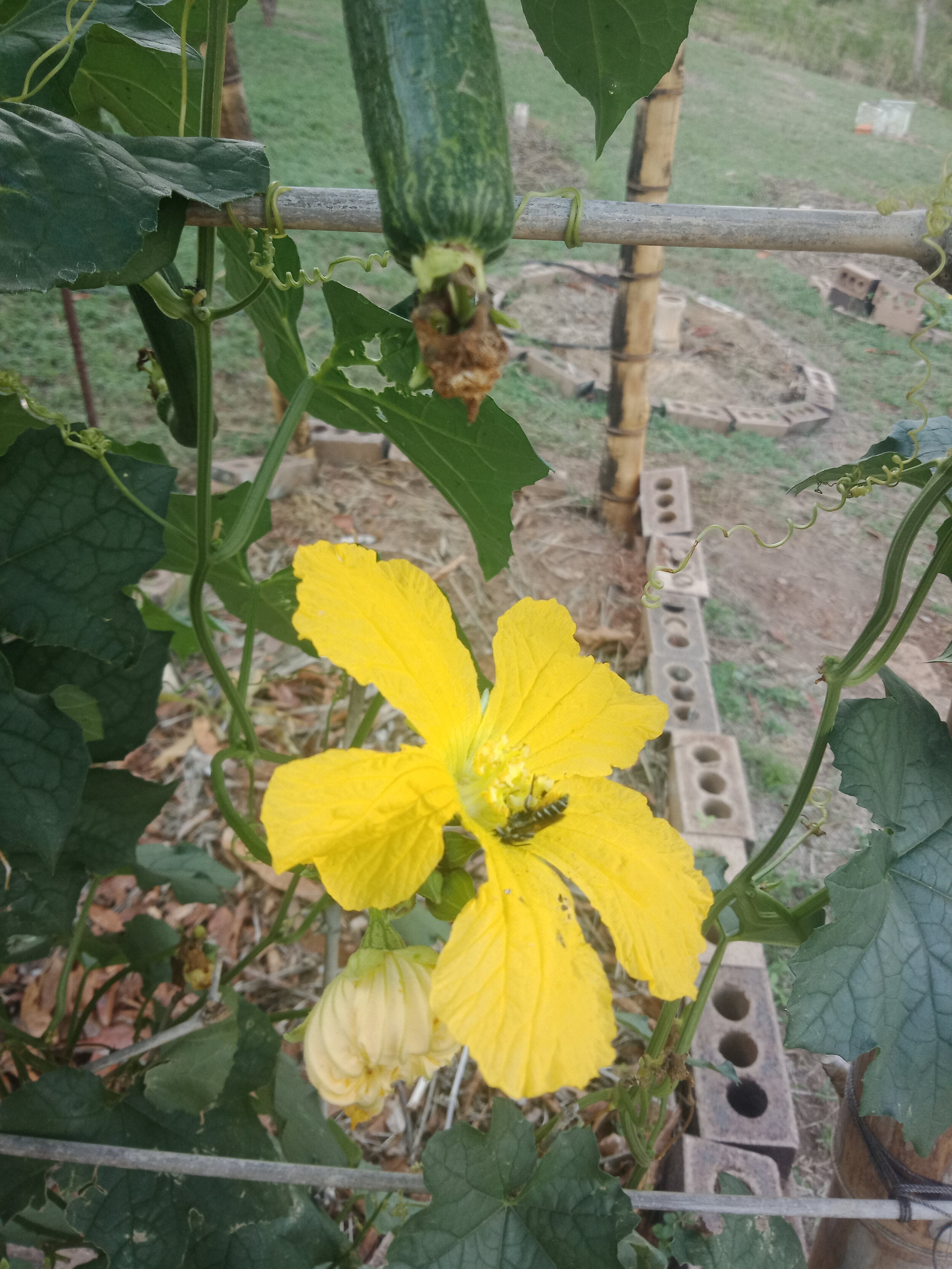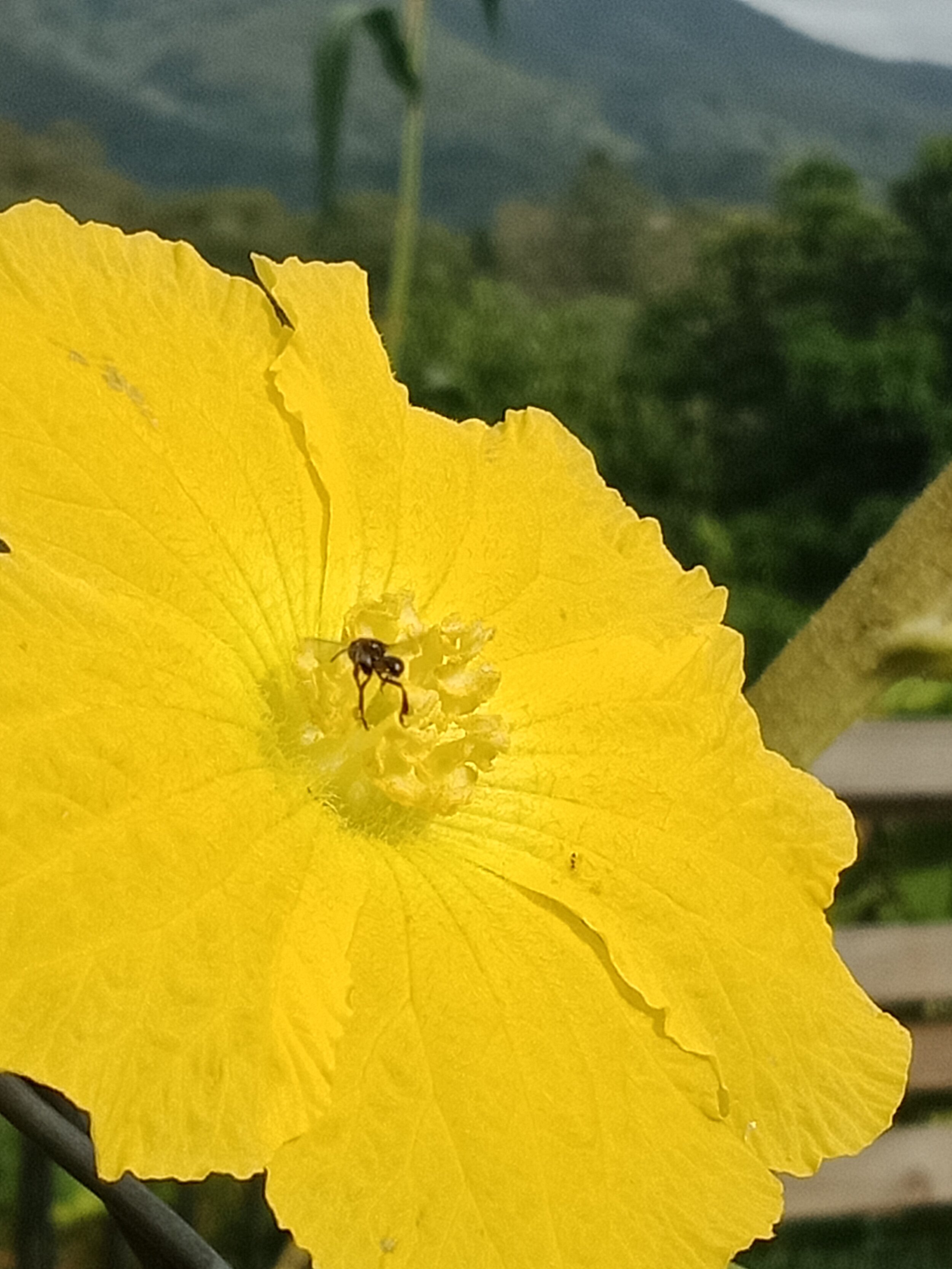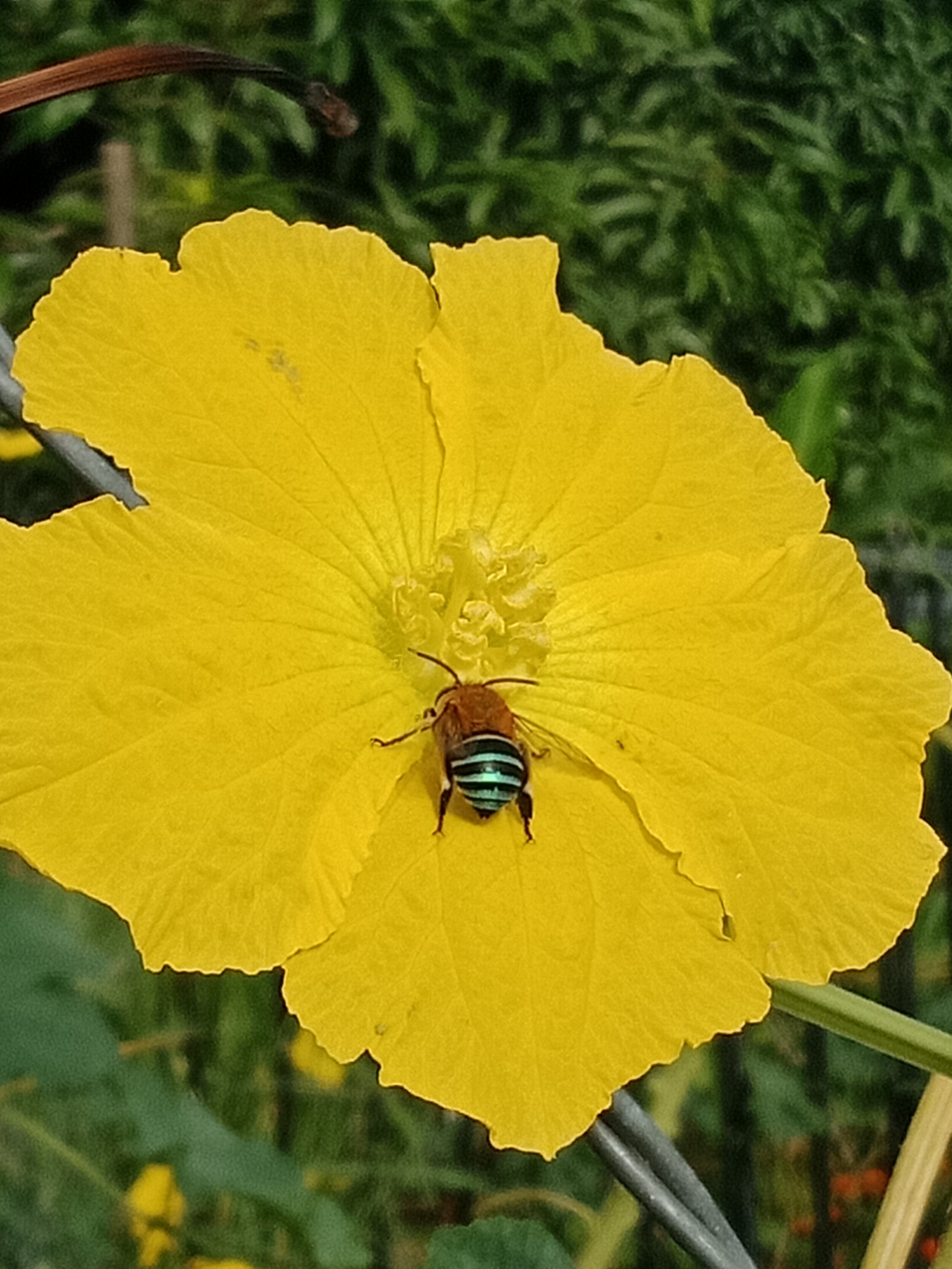Luffa
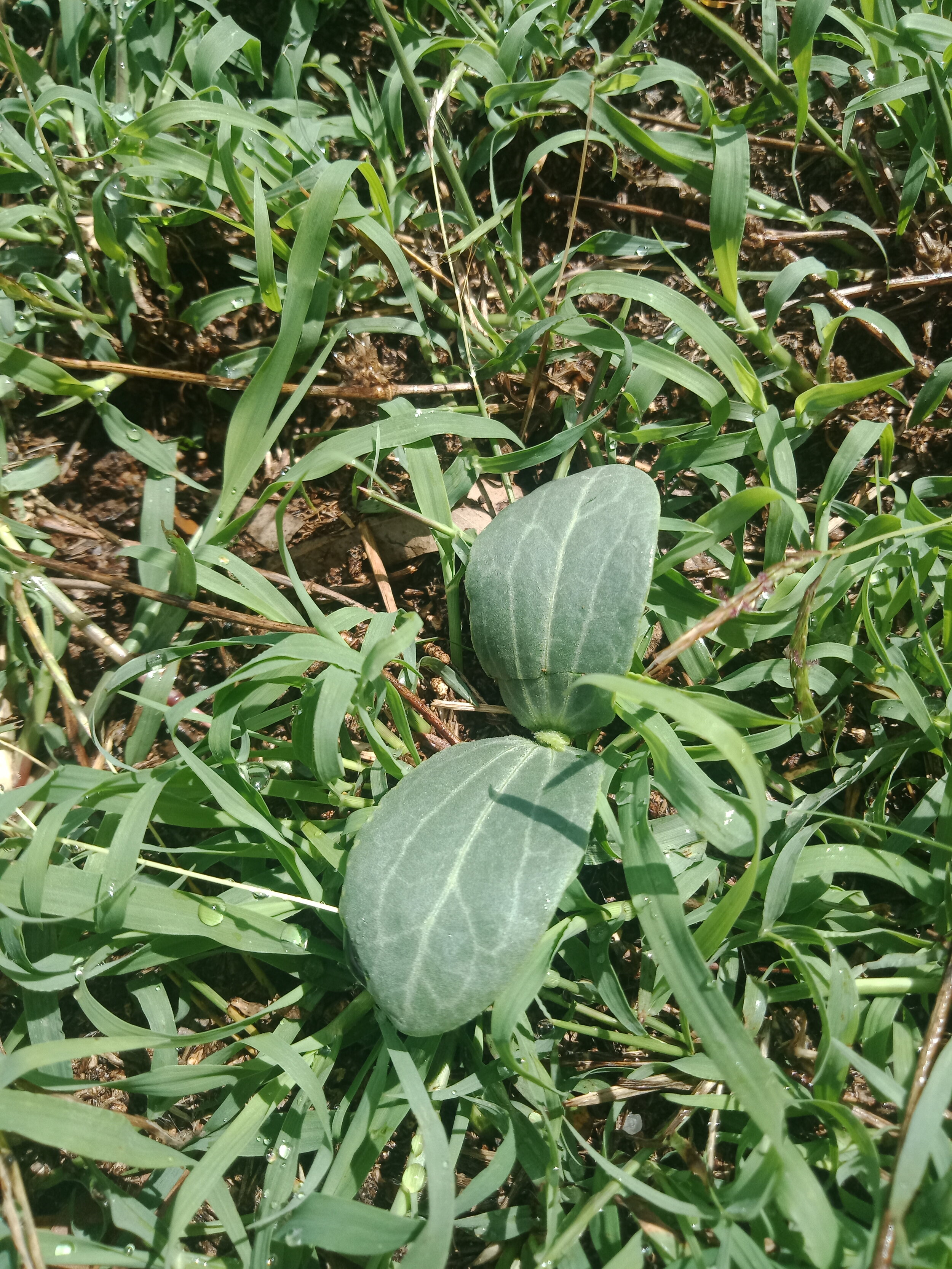
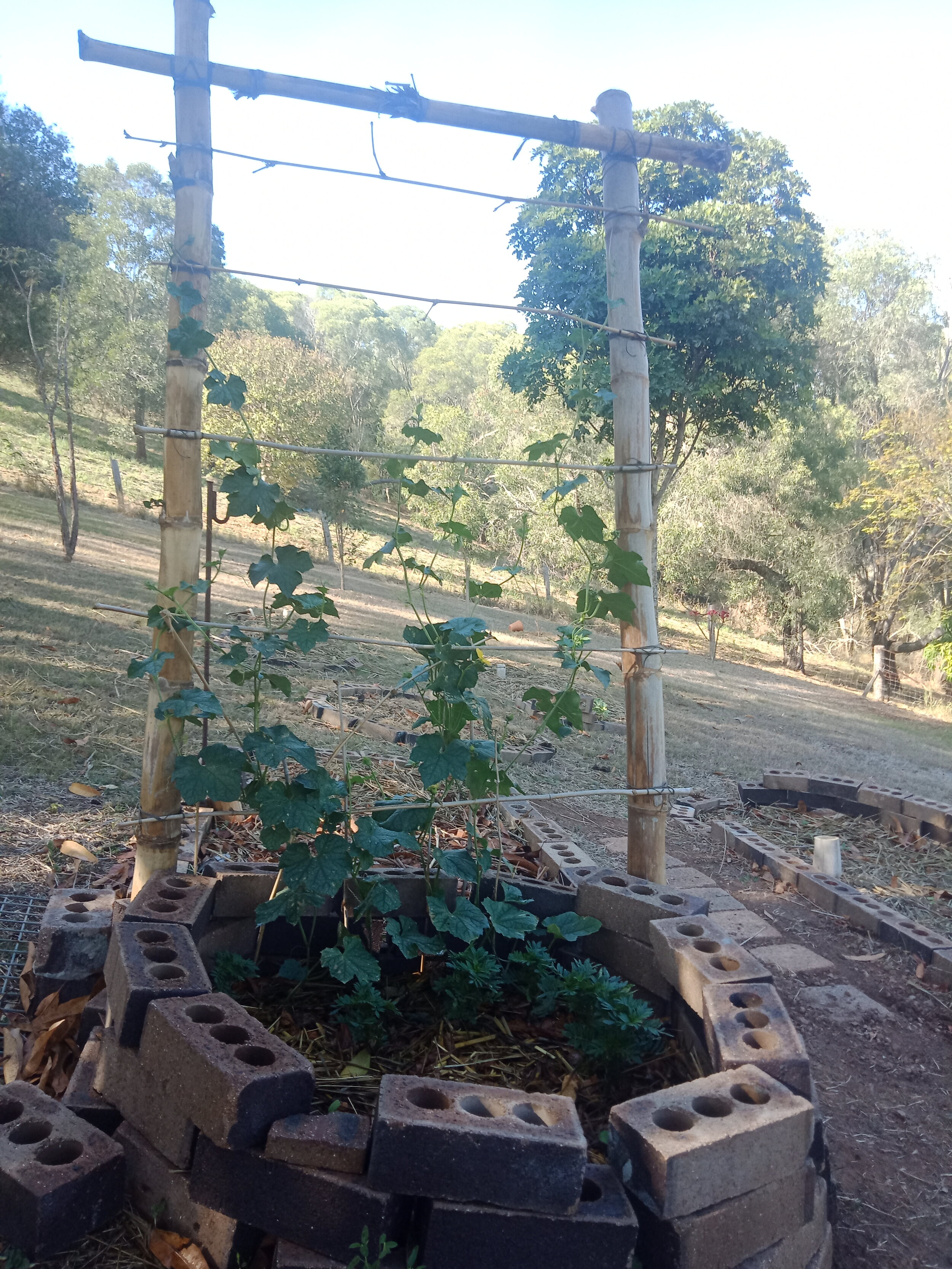
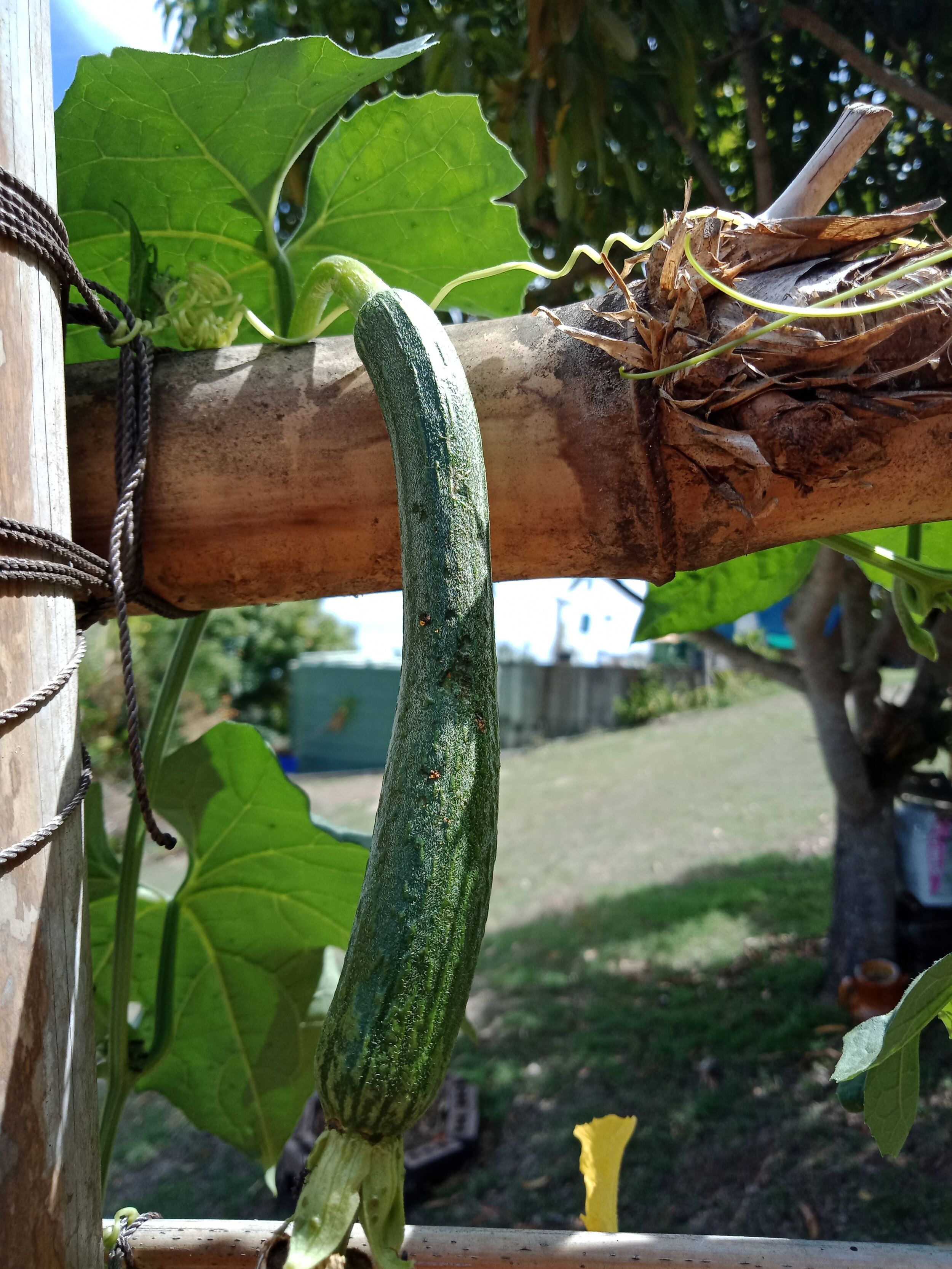
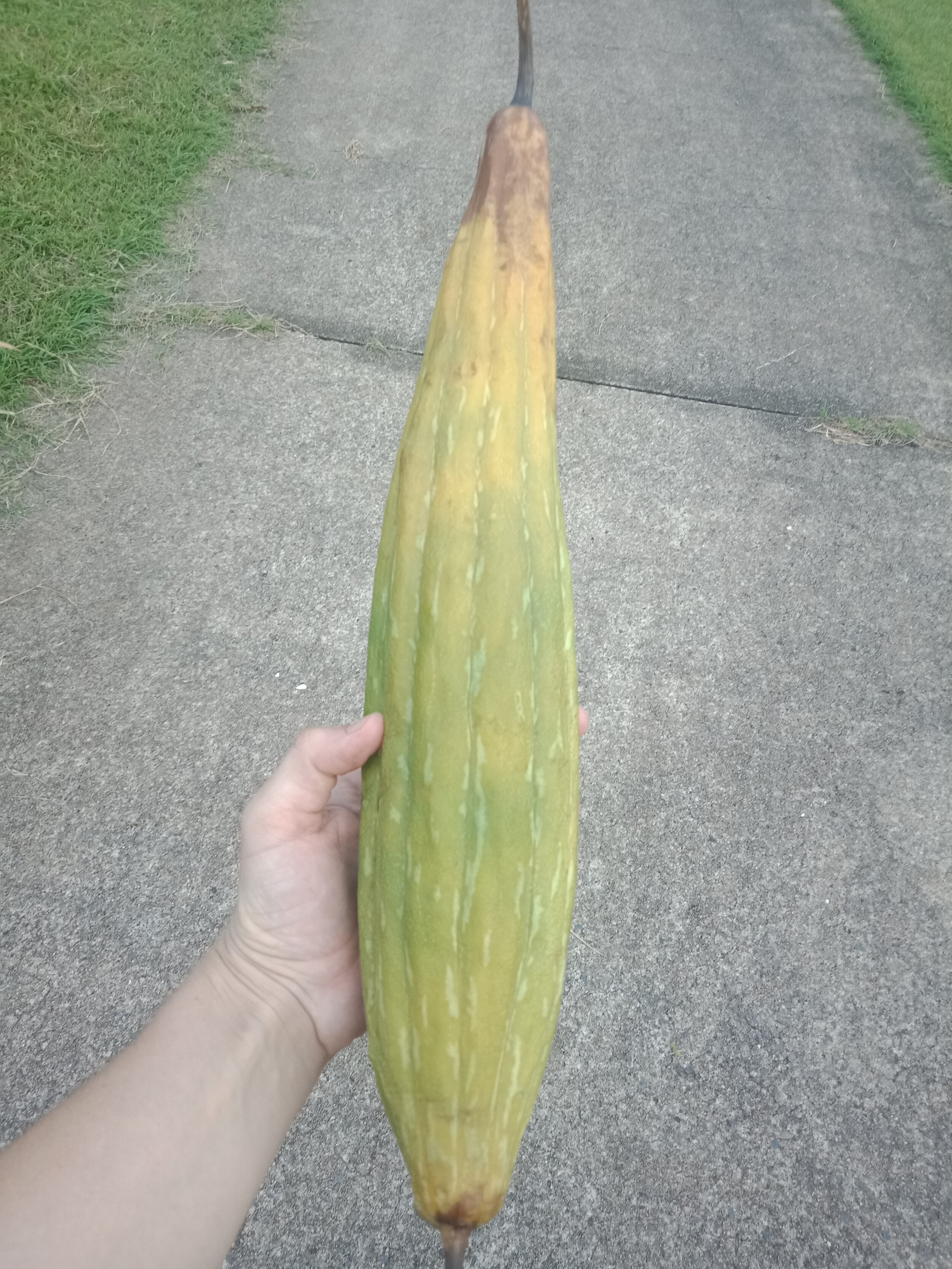
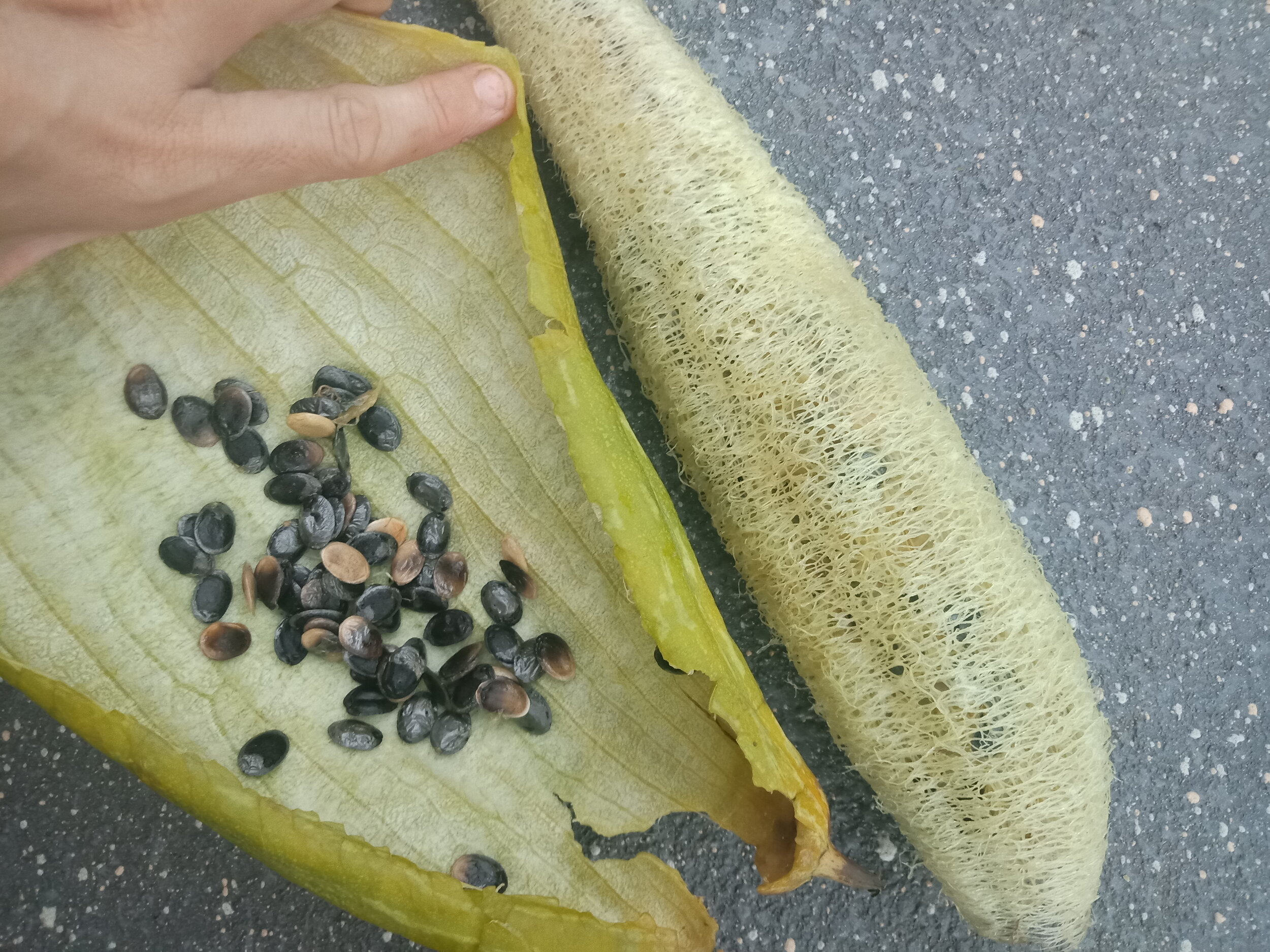

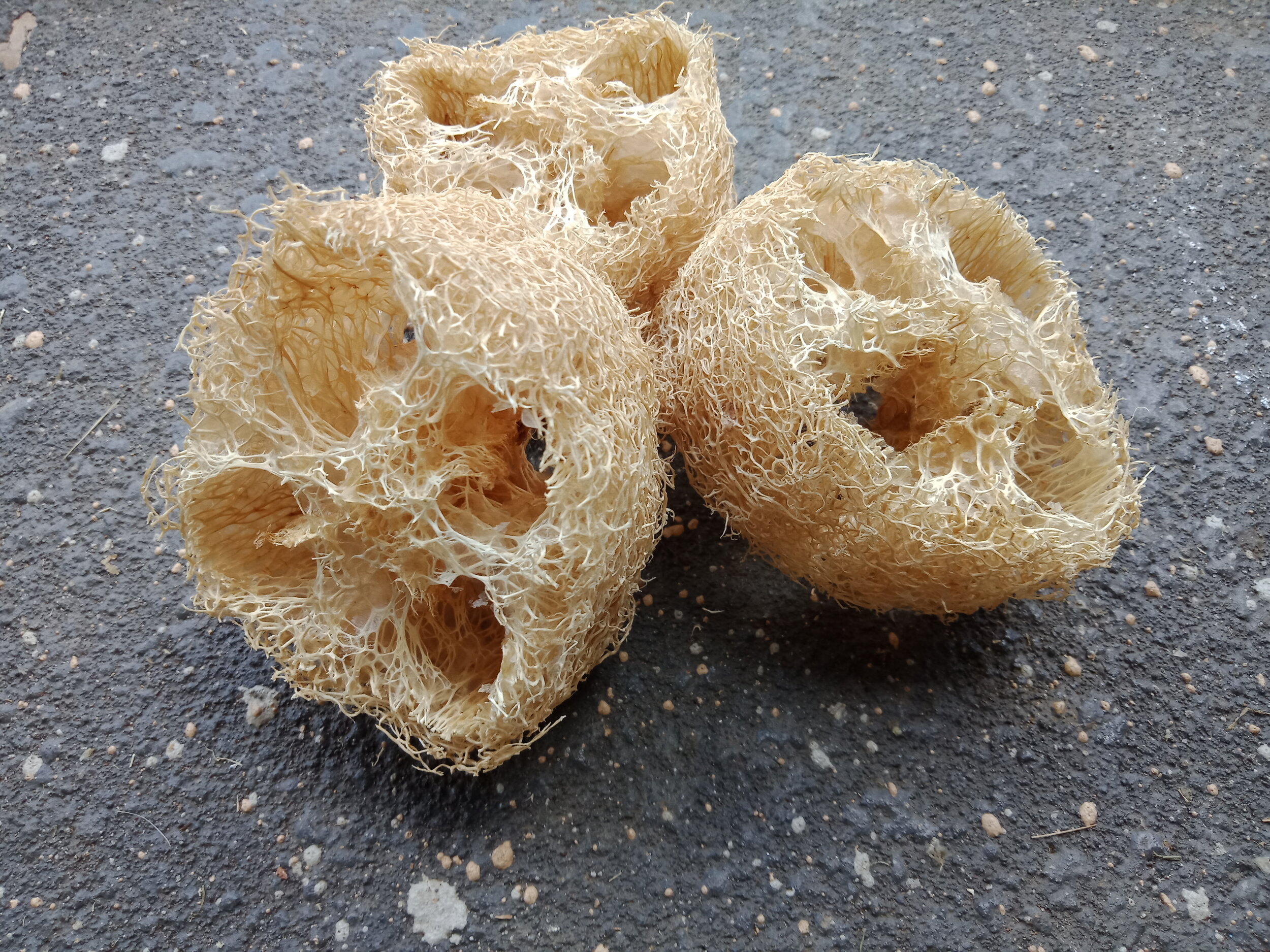
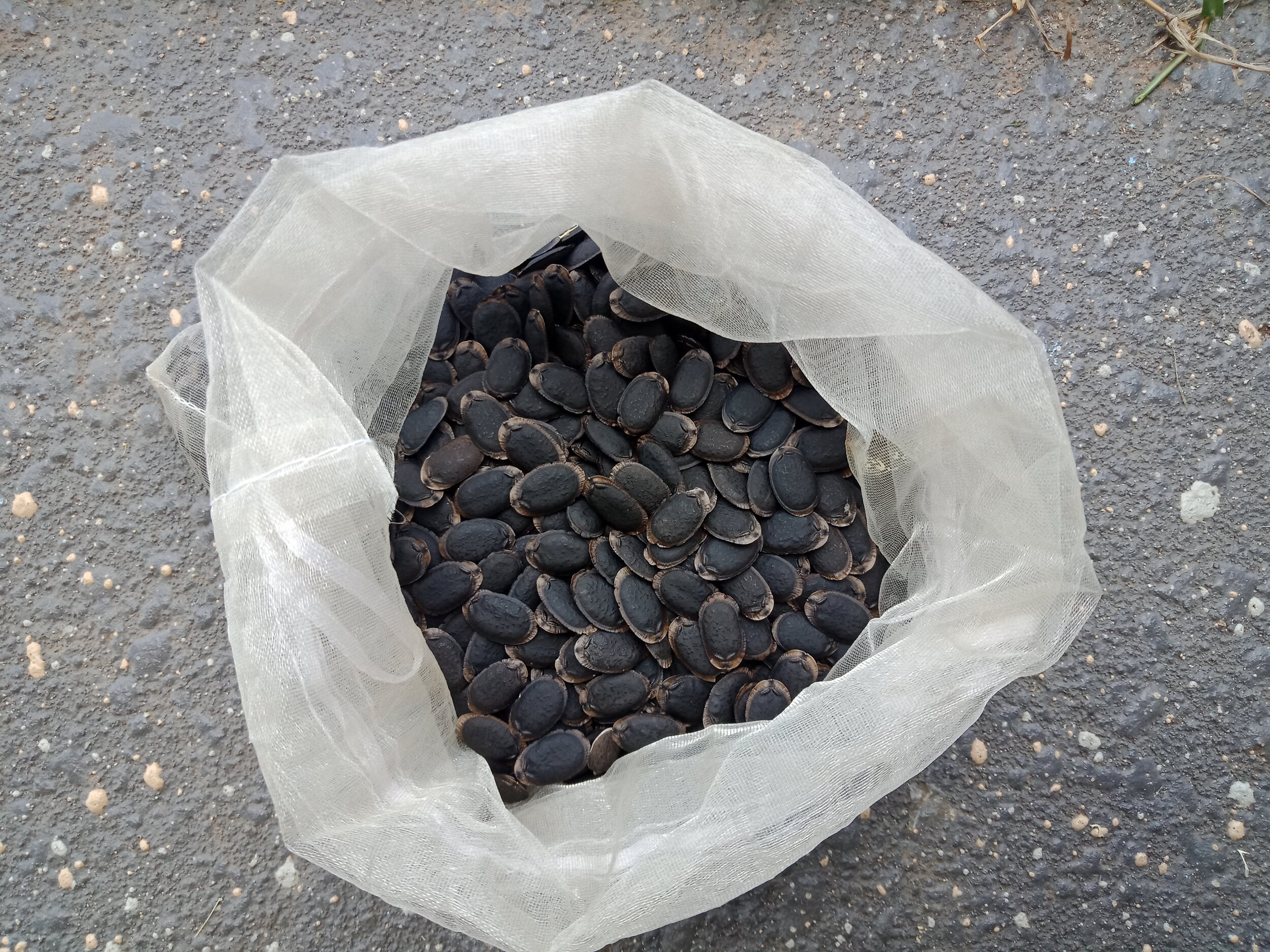
One of my favourite multi-purpose annnual plants to grow is Luffa, sometimes also known as “loofah”. Many people erroneously believe the well known shower sponges come from the sea, however they are actually a member of the Cucurbits family (which also includes pumpkins, zucchinis and gourds). The two main species are Luffa aegyptiaca (cylindrical luffa) and Luffa acutangula (angled luffa) with the main difference between the two being a smooth surface or ridges on the fruit. My experience so far is purely with Luffa aegyptiaca and that is what I will be referring to for the rest of this post however the two species are fairly interchangeable in their usages and growth habits.
Growing Conditions
Luffa likely originated in South Asia however due to such a long history of cultivation the origins are uncertain. As such luffa need a long warm season, in a sunny position in order to complete its growth cycle, making them an ideal subtropical and tropical vine. Due to it’s requirement of a long growing season it is best to get the plants started as early as possible into spring or even late winter. Luffa is a vining plant that I have grown successfully along a trellis, as well as allowed to grow free and scramble along the ground. One benefit I’ve read about trellising as opposed to letting scramble is the fruit apparently grows straighter, however I didn’t notice an obvious difference to curves produced with the exception of fruit getting caught in a fence as it’s developing.
Usage
In the past I utilised my luffa trailing over a trellis to create a shadier microclimate below and it was successful however I would plant more around the area I wanted shaded next time.
Immature luffa fruit (no longer than 15cms long) make a good substitute for cooked zucchini with them absorbing much of the flavour of sauces or other elements of the meal. Matured fruit become much too fibrous to be considered edible and are best relegated to become sponges.
Propagation
One single matured fruit produces more than enough seeds to replant the following year and care needs to be taken with the seeds, lest they pop up in unintended locations (such as in the middle of my lawn as pictured). If the plants do sprout in an unwanted location they do seem to handle a gentle relocation without too much of an issue if they are also given a bit of extra attention until established.
Harvest
The advice on peeling the matured luffa for sponges generally suggest to wait until the fruit is dried out and brown, however I find it much more preferable and easier to remove the skin just as it starts turning brown and the fruit feels significantly lighter and has some bounce in it. Then it can be washed, the seeds removed and then hung to dry. Once dry it stores well until ready for sponge duty. It isn’t generally recommended to use the Luffa sponge for a long duration, particularly as a kitchen sponge due to the likelihood of bacteria getting trapped and multiplying in a damp sponge. The benefit of a luffa sponge is they are 100% home compostable making it the perfect zero waste companion. They can also be put into a soap mould making a wonderful exfoliating soap.
Pests and Diseases
I haven’t noticed a huge amount of issues or pests with my luffa although they are susceptible to powdery mildew like all cucurbits are. This makes encouraging fungus-eating ladybugs in the garden all the more important.
One comment a friend made with her luffa did remind me of an interesting point about luffa plants, they contain extrafloral nectaries, which is to say nectar that appears on the plant away from the flowers, in this case typically on the leaves. The nectaries look like deep green spots on the reverse side of the leaf and their goal is to attract ants. While typically ants swarming on a plant is an indication of negative effects such as as aphids, in this particular case it appears the plant attracts the ants in order to protect it and aid in pollination.
Finally my absolute favourite reason to grown luffa, they appear to be incredibly attractive to many types of bees. I’ve spotted European bees, leaf cutter bees, Blue banded bees, Greater carpenter bees, stingless bees and more frequenting these flowers in ways no other flower in my garden appears to have appealed to such a large variety of bees.



